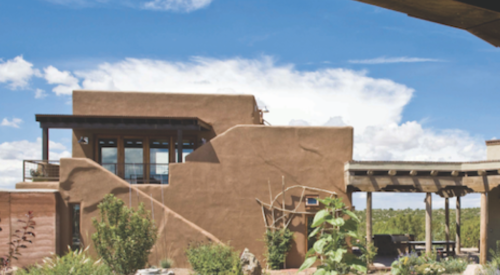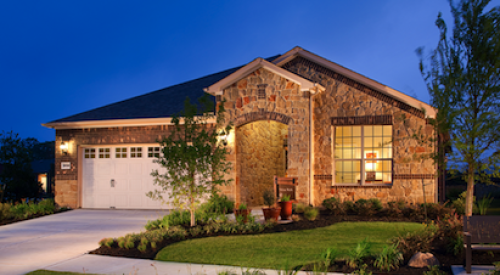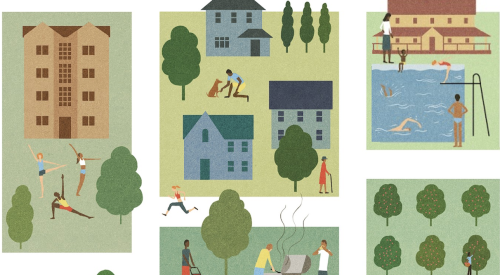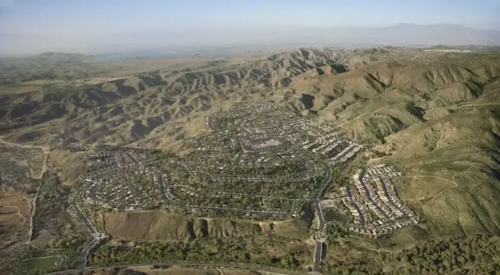Thomas W. Kopf’s new book, Building Community, aims to impart a broader understanding of “community” to builders and others involved in the community-planning loop. In the 179-page book, published through the NAHB’s BuilderBooks arm, the author, a partner at DTJ Design in Boulder, Colo., blends textbook fundamentals and personal vision as well as the art and science that he says go hand in hand with community visioning and planning.
The book includes practical strategies and execution points at all stages, from initial concept through planning and approval, with plenty of illustrations and examples from existing communities. Kopf’s recap on community types, from open-space to urban infill, is similarly helpful to those in need of a 50,000-foot view of current trends.
Kopf’s proclaimed “heart of the book,” the chapter on community design, sells a team approach and the need to account for demographics, lifestyles, recreation, open space, views and visual diversity, and diversity in housing clusters and land uses. The last point leads to the notion of “texture.”
Finer texture with more diverse and distinct neighborhoods and other land-use segments breaks up monotony and increases worth, Kopf says. “Community value is increased as the result of faster absorption through multiple home types, higher prices resulting from a more pleasing street scene, and maximized edge conditions of open space,” he explains.
Kopf’s financial advice goes beyond droll accounting to stress the need for a greater definition of “value” beyond the old cost-and-price model of old-school sprawl builders. The new value equation, he says, “is expressed through sales pace and price, neighborhood acceptance and faster approvals.”












